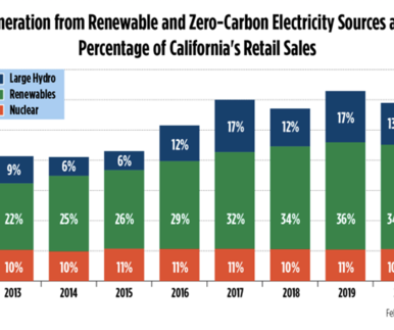San Diego Solar Net Metering Changes
 SDG&E is expecting the first phase of Residential Default TOU rate rollout to begin in early 2018 with full implementation completed in 2019. With certain limited exceptions, default TOU rates will be applicable to all residential customers, including customers receiving service under Schedule NEM, that are not covered by TOU Period Grandfathering.
SDG&E is expecting the first phase of Residential Default TOU rate rollout to begin in early 2018 with full implementation completed in 2019. With certain limited exceptions, default TOU rates will be applicable to all residential customers, including customers receiving service under Schedule NEM, that are not covered by TOU Period Grandfathering.
The original policy for net metering in Southern California was very simple: for every kilowatt-hour (kWh) of solar electricity your panels feed into the grid, you got a bill credit for one kWh of utility-generated electricity. When your solar panels produced more than you needed, you “banked” the excess to use later when your panels aren’t banking enough.
However starting in 2018, new solar panel installations will not be grandfathered into that original system. Under NEM 2.0, every property owner who installs a solar energy system will automatically be switched to TOU rates for their electric bills. Per EnergySage.com “Net Metering 2.0 will affect time-of-use rates, interconnection fees, and non-bypassable charges. The California Solar Energy Industries Association (CalSEIA) estimates that the combined impact of these changes will be approximately $10/month compared to the original policy.”
If you live in California, net metering 2.0 means that new solar homeowners will be enrolled in time-of-use rates with their utility. As a result, the credit you receive for your solar electricity will vary depending on the time of day – electricity sent back to the grid during peak hours generally results in higher value credits. In both of these cases, you can benefit from storing your excess solar energy at home even though you’re still connected to the grid.
Utility customers who installed solar under the original net metering policy will be “grandfathered” in for 20 years from their original enrollment date. After that point, they will also move to NEM 2.0.



